

More ambition
for net zero


More ambition for net zero
We set out our net zero ambition in February 2020 – ahead of many others in the industry.
And we are now, uniquely we believe, the only oil and gas company aiming to be net zero across our operations, production and the energy products we physically trade and sell.

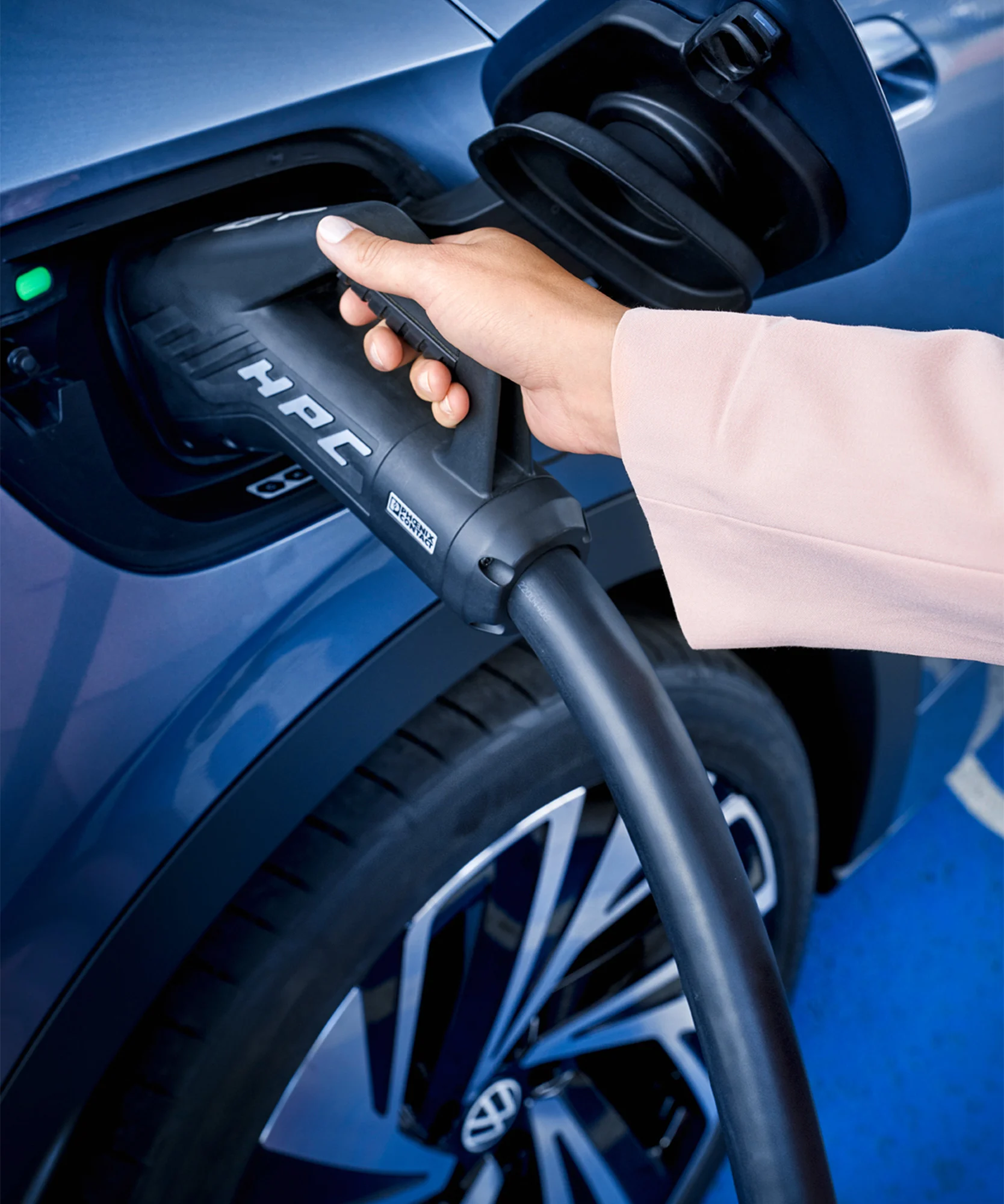
More
electric
chargers

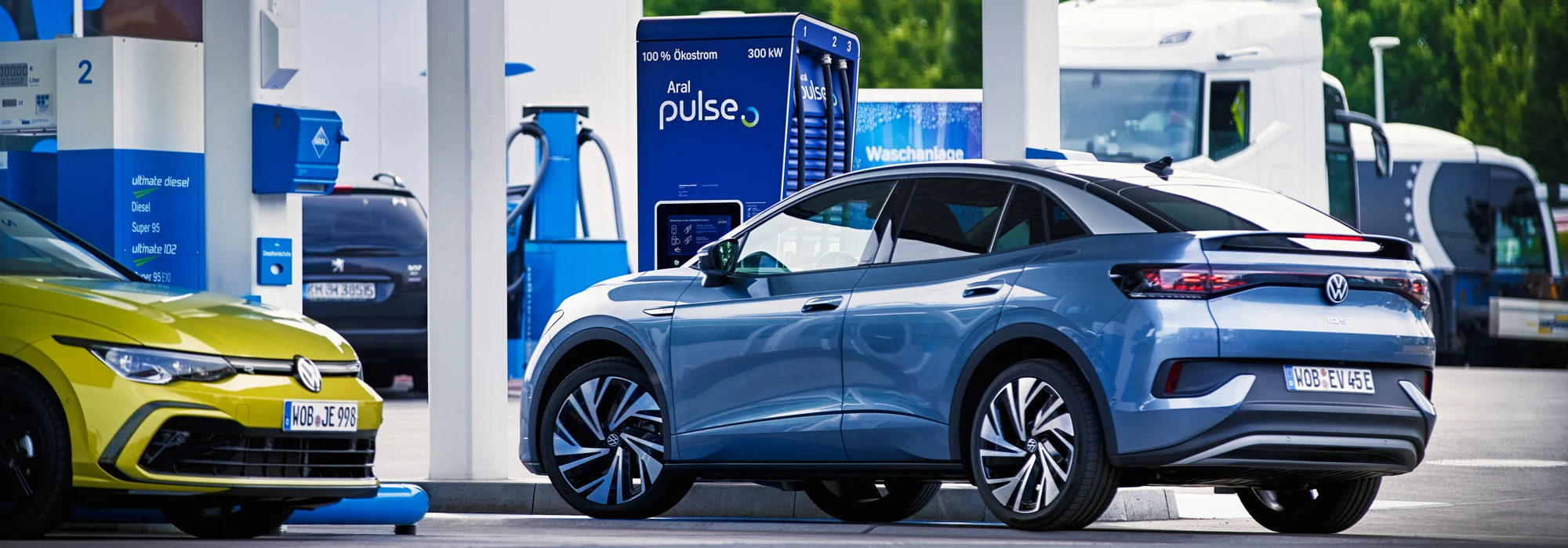
More electric chargers
Our focus is fast charging. Around 50% of our charging points are now rapid or ultra-fast – that’s at least 50kW for rapid, more than 150kW for ultra-fast; and by 2030, we expect around 90% of our 100,000 ‘on-the-go’ chargers to be rapid or ultra-fast.
Looking ahead, that would take our installed capacity to 10 gigawatts, equivalent to around 30 billion EV miles driven per year.
There’s a way to go, but we already power more than 50 million electric miles in the UK, where we expect to have more EV charging points than we do petrol pumps by the end of the decade.


More
coffee and
convenience


More coffee and convenience
When it comes to coffee, we mean business. We make approximately 150 million cups a year at our retail sites worldwide. It’s all part of our convenience strategy, which aims to bring quality food and drink to our highly convenient forecourt locations.
With 2,200 strategic convenience sites around the world, our quality food on the go has proved so popular that we’re planning on bringing it to more than 3,500 sites by 2030.



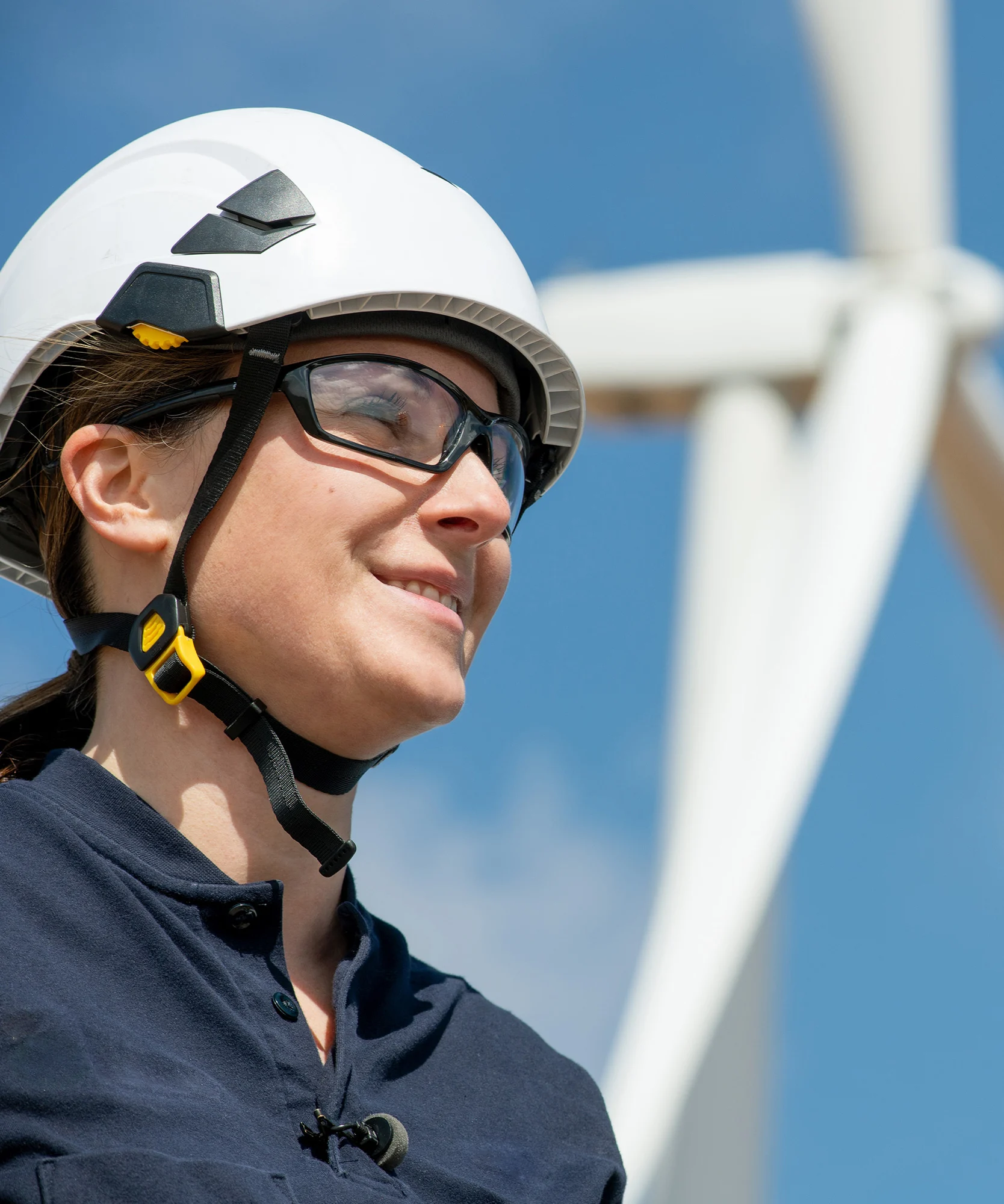
More
wind
energy

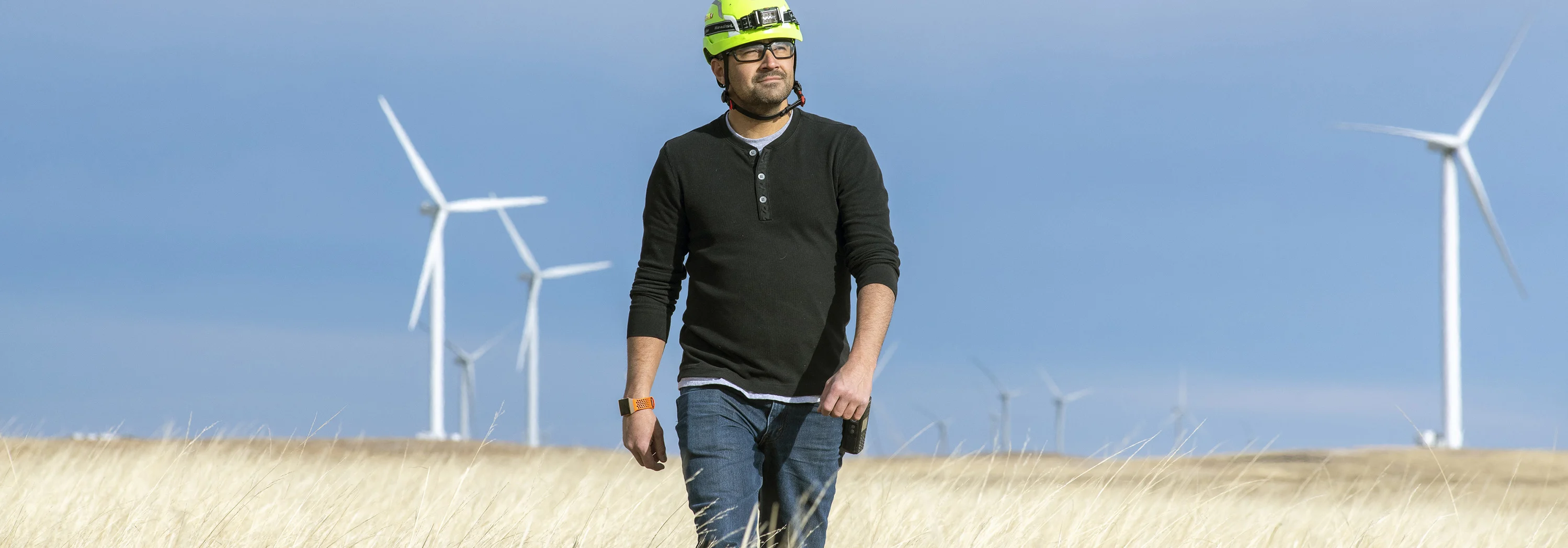
More wind energy
bp’s ambition is to be one of the leading providers of offshore wind energy. And in two years, our pipeline of offshore development projects has gone from zero to more than 5 gigawatts (GW)*, with new wind farms lined up offshore Britain and the US.
* This includes a ScotWind lease option, awarded in January 2022.


More ways to supply energy while reducing operational emissions

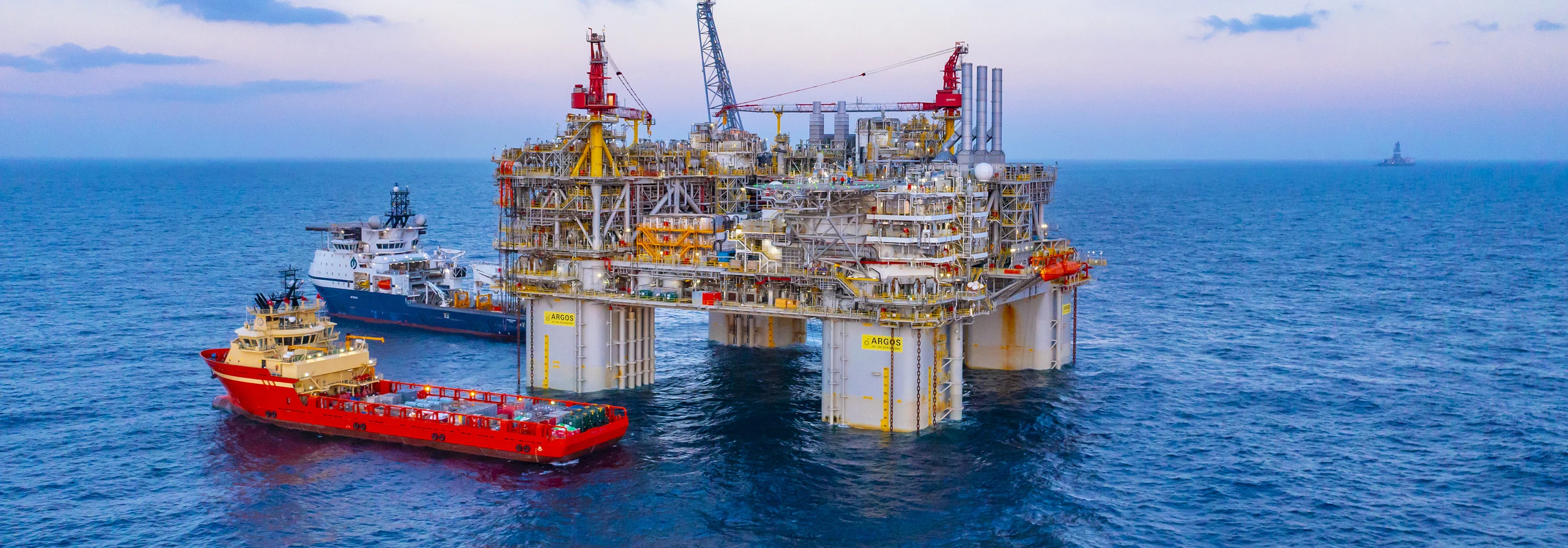
More ways to supply energy while reducing operational emissions
We know the need for energy security is more acute than ever. Playing a vital role in supplying that energy today is the Southern Gas Corridor – a network of three different pipelines that takes gas from our offshore wells in Azerbaijan across seven countries to Europe.
But it’s not just business as usual; we’re committed to producing the energy the world needs while lowering the emissions associated with our operations. Our aim is by 50% by 2030, compared to 2019. One great example of this in action is our Glen Lyon floating production, storage and offloading vessel in the North Sea region, where the team has already cut annual carbon dioxide equivalent emissions by almost 100,000 tonnes and continues to work to achieve more.


More women
than men


More women than men
It’s no secret that our industry has attracted more men than women over the years. So, we’re particularly proud to see a leadership team where the women outnumber men. We have six women on bp’s 11-person executive team and are the first and, so far, only major energy firm to have more women than men working at the top level – and we are aiming for gender parity for our top 120 leadership roles by 2025.

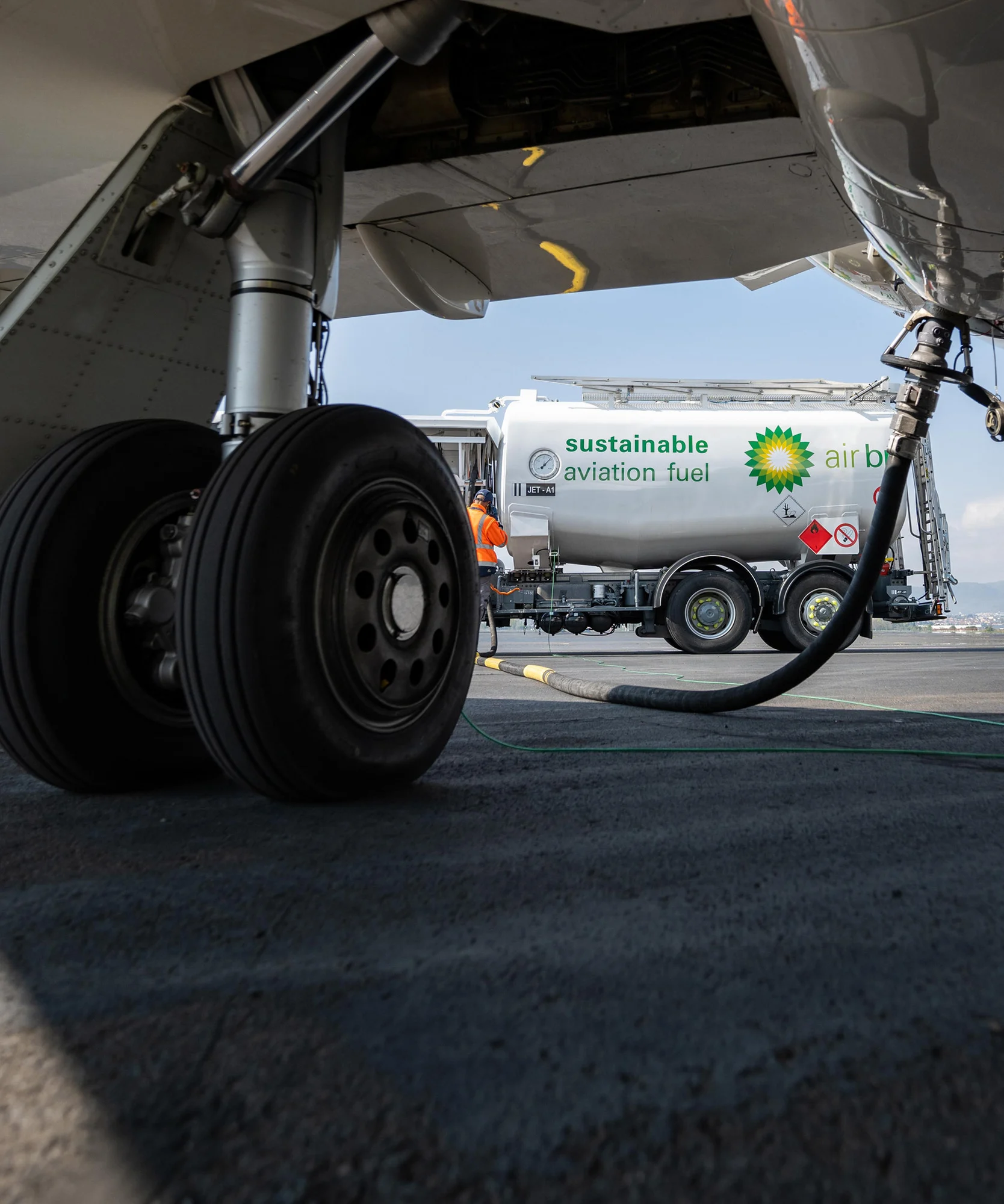
More flights powered by bio

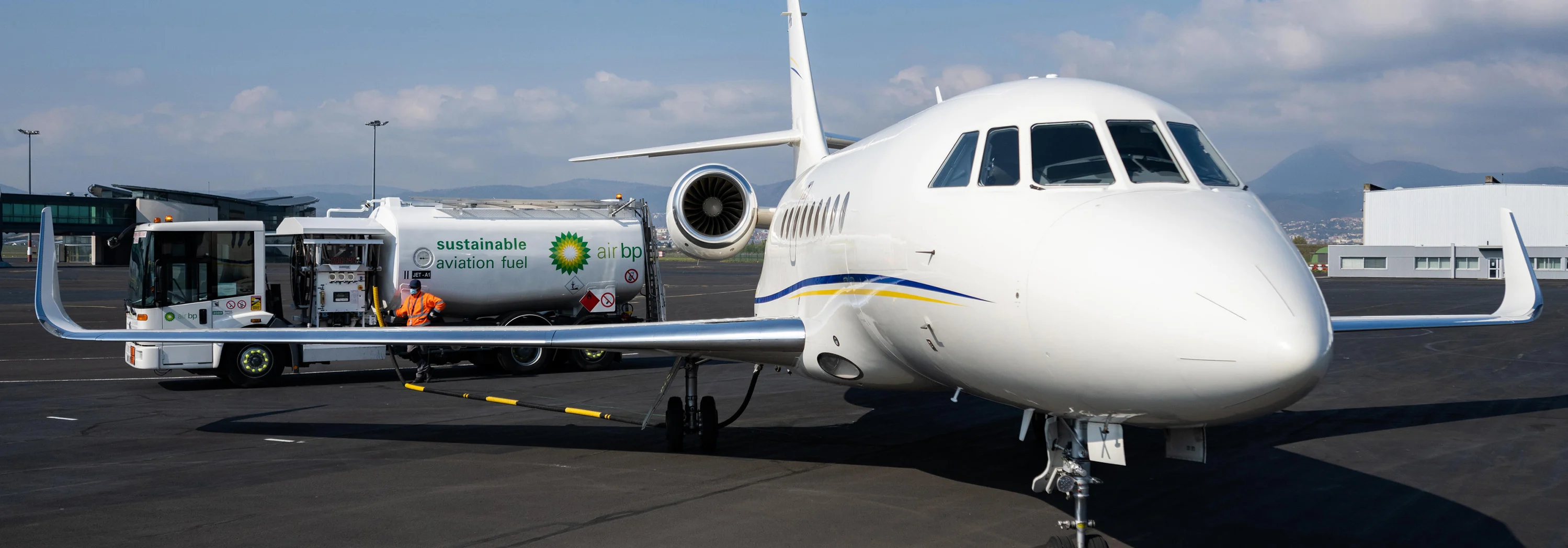
More flights powered by bio
We think bioenergy is key to helping decarbonize air and road travel, and that means we’ll all need more of it to reach net zero. We currently produce 5,000 barrels per day of biofuels at three of our refineries*. That’s enough to fly from London to Sydney 73 times a day. We’re making plans to triple that volume by 2030 – that would be enough to fuel around 220 London-to-Sydney flights a day.
*By co-processing approved renewable feedstocks alongside the crude oil streams.

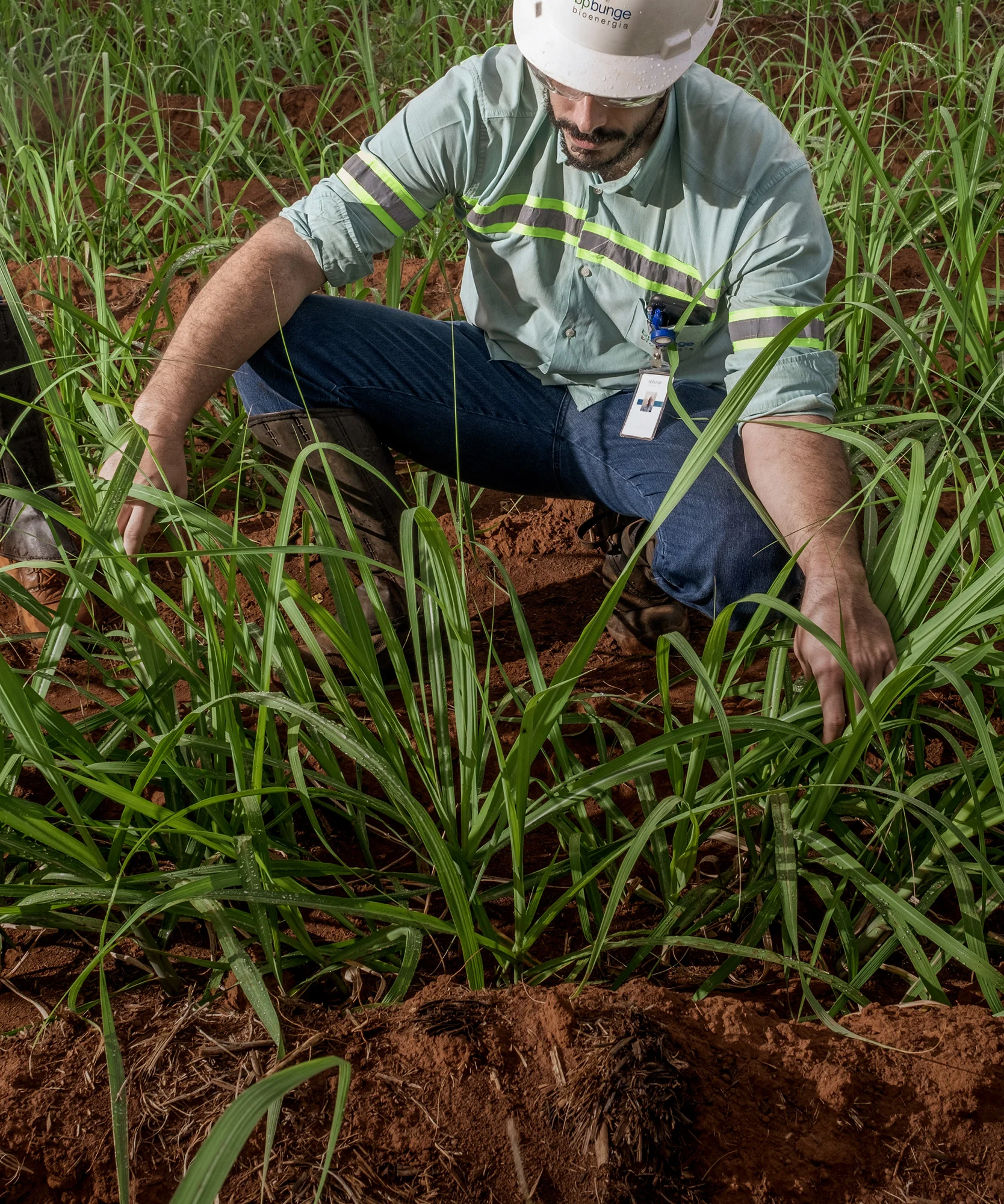
More money in low carbon businesses


More money in low carbon businesses
We’re planning to put more money into non-hydrocarbon businesses than ever before. In 2019, just 3% of our capital investment was in low carbon; in two years, that went up to 15%.
And we have ambitions to go further by directing half of our capital into non-oil and gas businesses by 2030. Renewables, hydrogen, convenience, EV charging, and bioenergy are all areas where we have deep skills and experience and where we see rapid growth through the energy transition.



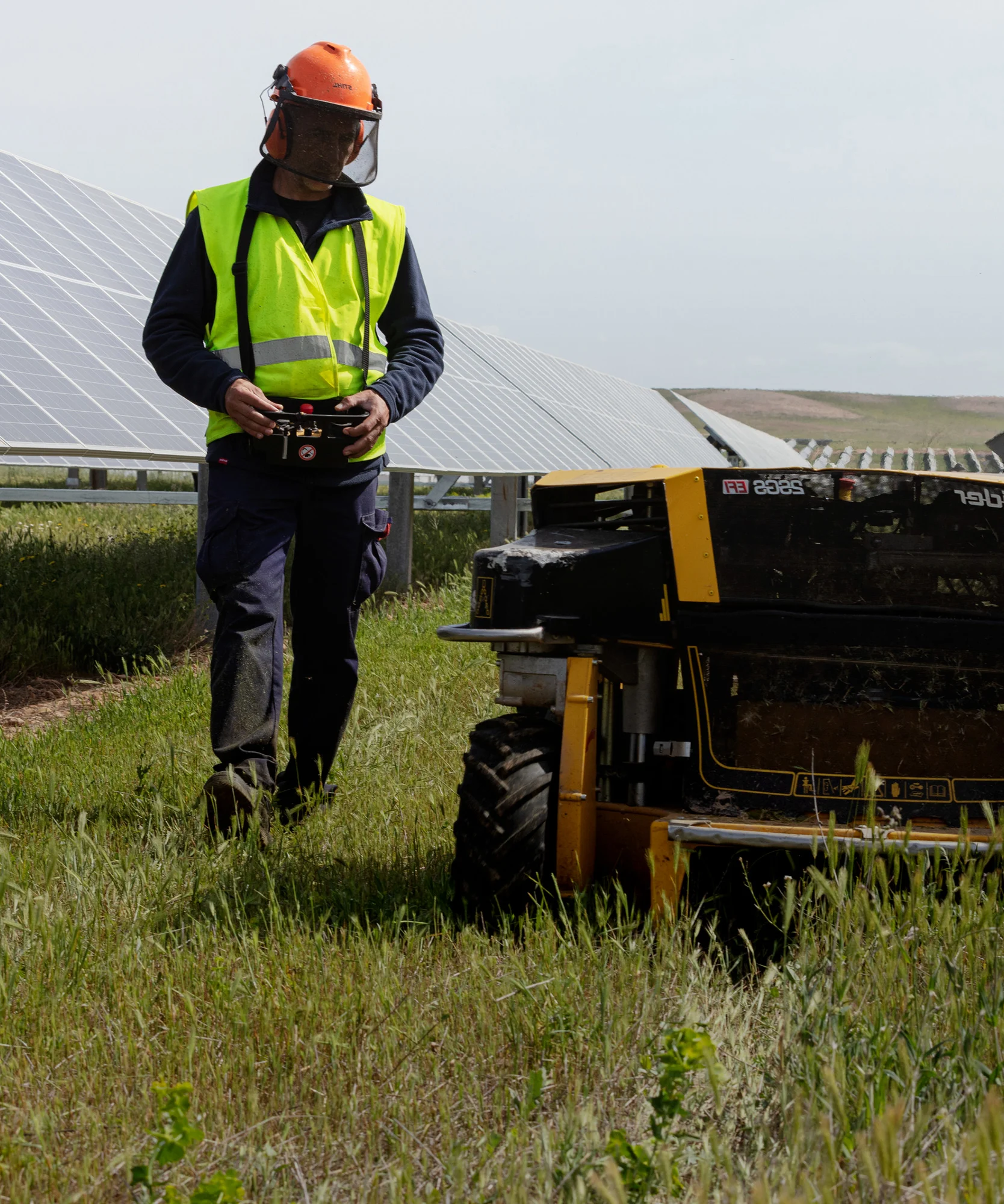
More ways to help green other industries

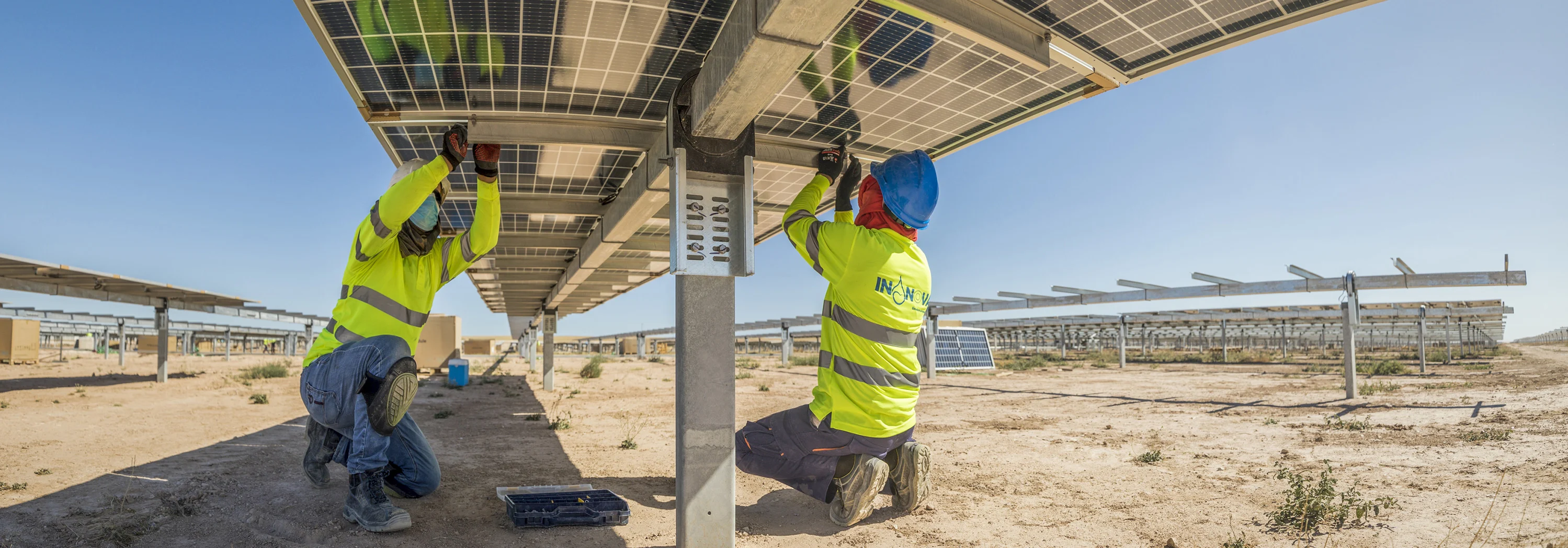
More ways to help green other industries
We’re not only decarbonizing our own operations, but also helping some of the world’s biggest businesses to lower their carbon emissions, too. In the US, for example, construction has started on solar farms in Northwestern Ohio and Louisiana that, once completed, will supply renewable energy to Amazon, eBay and McDonald’s.
In Pennsylvania, three Lightsource bp solar farms are already providing a quarter of Penn State University’s electricity needs, lowering its greenhouse gas emissions by 57,000 mtCO2e per year, or the equivalent of removing 12,100 fuel-burning cars from the road. And with global energy prices soaring, the 25-year power purchase agreement with Lightsource bp is now saving the university more money than originally expected, too.
Also in the US, we’re planning, with our partner Linde, a carbon capture and storage project that could pave the way for large-scale decarbonization of the Texas Gulf Coast industrial corridor. The project aims to store up to 15 million metric tons of CO2 per year in multiple sites – the equivalent of removing approximately three million cars from the road.

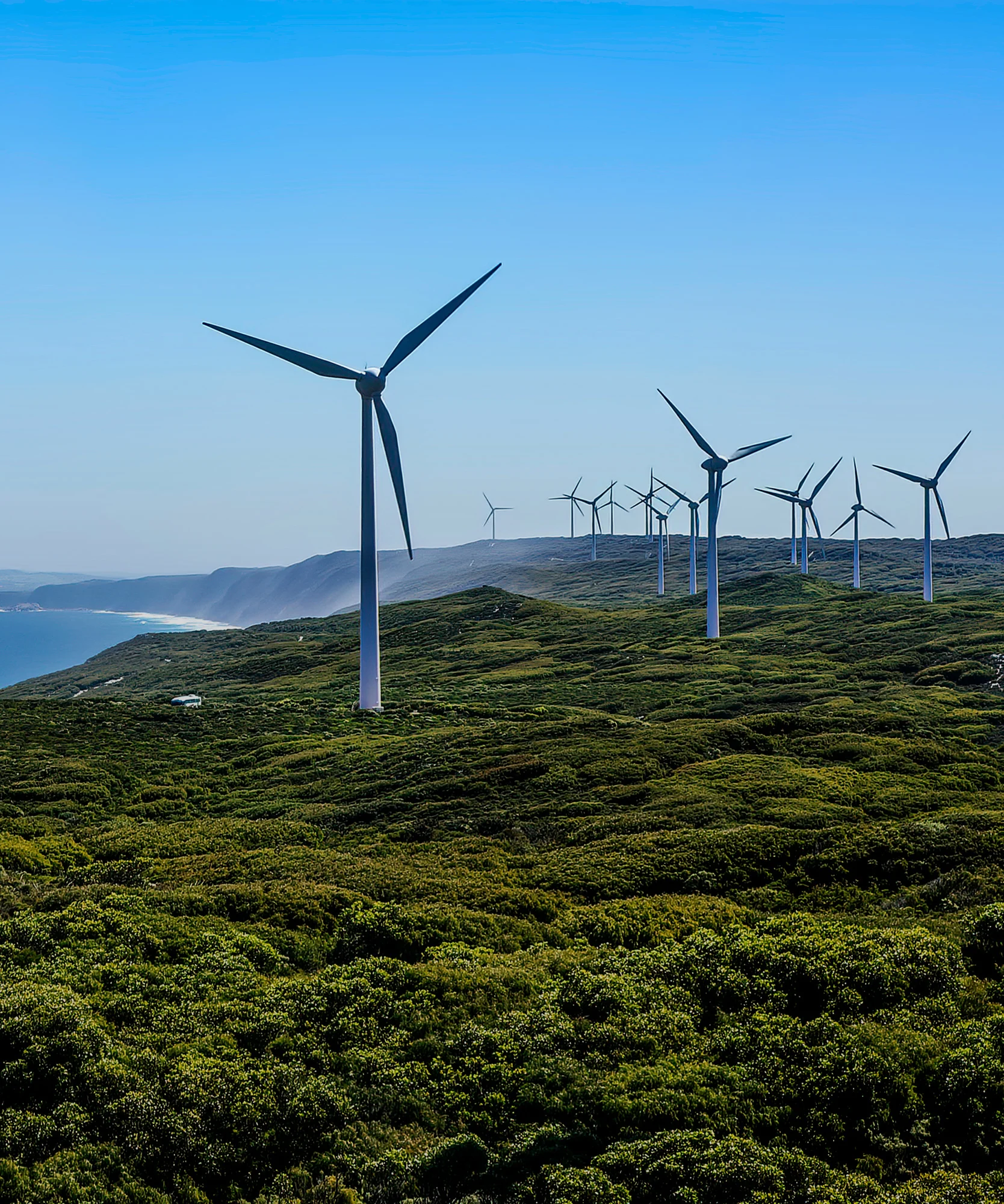
More lower carbon hubs


More lower carbon hubs
We have plans to operate one of the world’s largest renewables and green hydrogen hubs in Australia. The Asian Renewable Energy Hub has an energy-generating potential so huge it could light up a third of the country.
Hydrogen will be a significant component of any hub for its potential to decarbonize energy-intensive industries that are hard or expensive to electrify, such as cement and steelmaking.
We think hydrogen will play a key role in the energy future and already have a global-scale project hopper of more than 1 million tonnes per annum (mpta) of hydrogen production capacity – enough to fuel more than 100,000 heavy-duty trucks for an entire year, or roughly 10 commercial-scale steel mills*.
*Using direct reduction of iron technology
Why it matters
Today, most of our production is oil and gas. But as we transition towards net zero, that will change. By the end of this decade, we expect capital expenditure invested in our five transition growth businesses (bioenergy, convenience, electric vehicle charging, renewables and hydrogen) globally to have increased to around 50% of total spend and to have reduced oil and gas production by around 40%*.
* This includes divestments.



